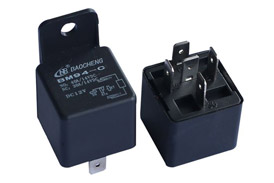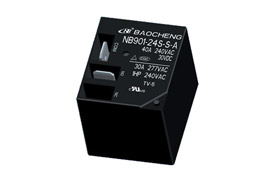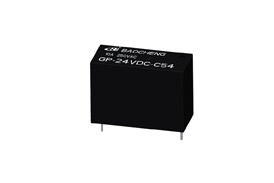What are the technical parameters of the main products of the relay? Today, Relay Electronics Manufacturer will explain the main parameters of the relay.
1. The rated working voltage refers to the voltage required by the coil when the relay is working normally. Depending on the type of relay, it can be either an AC voltage or a DC voltage.
2. DC resistance refers to the DC resistance of the coil in the relay, which can be measured by a universal meter.
3. The pull-in current refers to the minimum current that the relay can generate the pull-in action. In normal use, the given current must be slightly larger than the pull-in current so that the relay can operate stably. For the working voltage applied to the coil, generally do not exceed 1.5 times the rated working voltage, otherwise a large current will be generated and the coil will be burnt.
4. The release current refers to the maximum current that the Latching Relays generates to release. When the current in the state of the relay is reduced to a certain level, the relay will return to the unenergized release state. The current at this time is much smaller than the pull-in current.
5. Contact switching voltage and current refer to the voltage and current that the relay is allowed to load. It determines the relay can control the voltage and current, and can not exceed this value when using, otherwise it will easily damage the contacts of the relay.






















